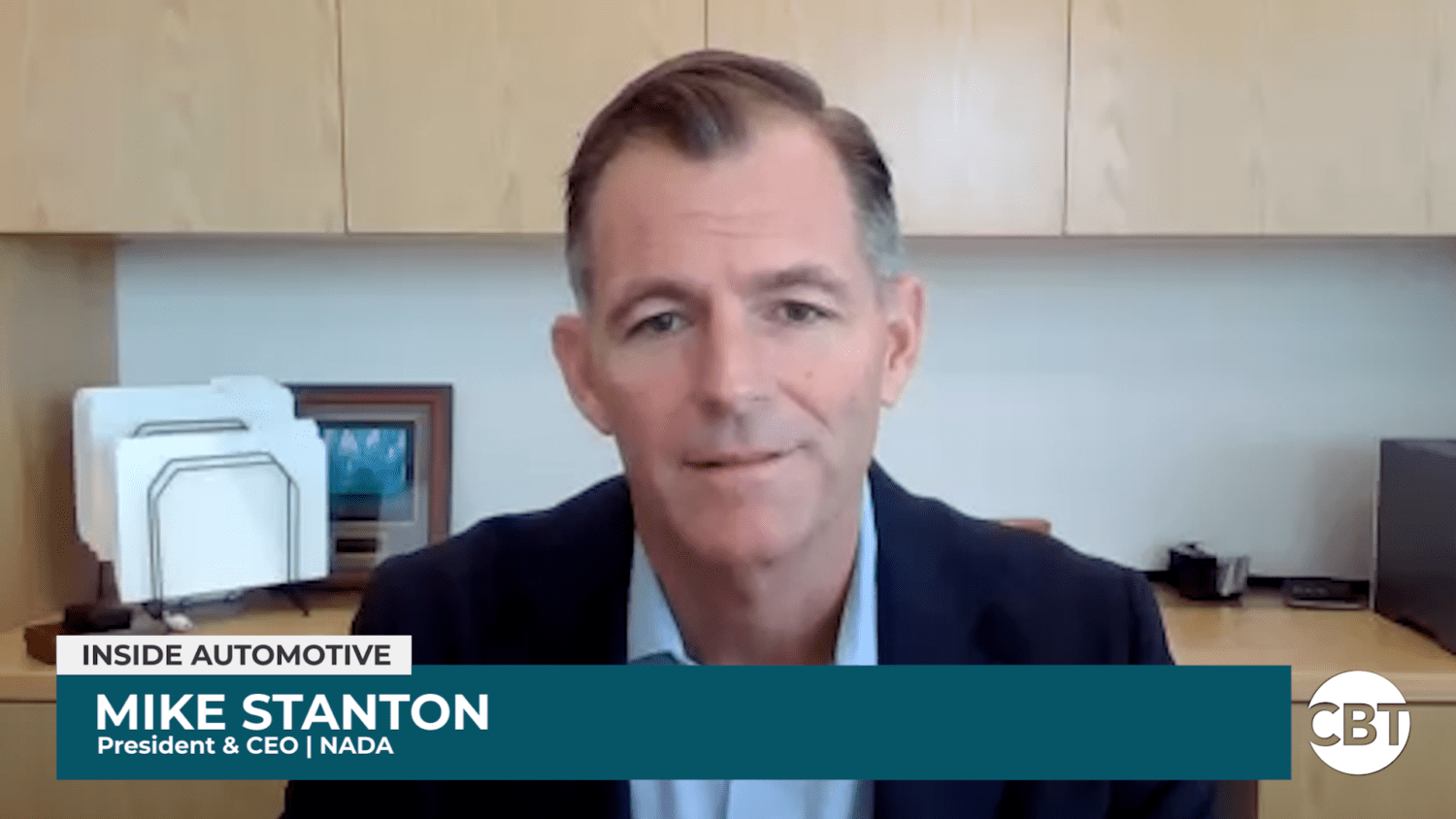The organization seeks to set up principles that help dealers service consumers and ensure that the franchise model is prioritized. Here are some takeaways from NADA’s guiding principles on Evolving Business Models and the Dealer Franchise System for dealers.
Maintaining the current franchise system
NADA makes its position clear and known regarding today’s franchise system. It’s well known that the automotive industry has seen disruption regarding direct-to-consumer sales processes. Companies like Tesla and even Carvana have been some of the primary actors in this emerging space.
Nevertheless, NADA still supports the use of the franchise system to sell new vehicles in the United States. They also made known that they are against the model of OEMs bypassing dealers and selling directly to consumers. It is not a surprise that NADA would take this position. But, for dealers, it reinforces where they stand.
 |
Handling OTA updates
NADA also acknowledges that with technological innovations like over-the-air (OTA) updates, there must be principles for dealers and OEMs to work together. In their principles, NADA supports dealers and OEMs working together to use OTAs to enhance the customer experience and even promote downstream revenue.
However, they take a different approach regarding OTA updates that enhance the safety and performance of the vehicle. Dealers should not have to handle those types of OTA updates, but OEMs should also not bypass dealers by selling vehicle features directly to consumers without dealer participation or revenue-sharing. The takeaway here is for dealers and OEMs to collaborate in the use of OTAs to create win-win sales opportunities.
Reservations and price transparency
NADA has also clarified its principles regarding two crucial customer elements: reservations and pricing. The organization supports reservations and ordering systems that allow consumers to select the vehicle that best fits them.
At the same time, NADA also wants dealers and OEMs to honor any pricing or delivery commitments they made before consumers made reservations or orders. This principle comes at a time when there have been some widely publicized consumer concerns about situations where customers are paying considerably more than the advertised price at signing at some dealerships. This principle brings some clarification and alignment on this issue.
Dealer and OEM data collaboration expectations
We live in a time when consumers interact with dealerships at various digital touchpoints — which could be on the dealership’s website or social media platforms like Facebook or Instagram. As a result, data may be collected during multiple customer interactions.
Because of this evolving digital landscape of auto retailing, dealers and OEMs need to be on the same page regarding creating a comprehensive customer experience and sharing data.
The NADA’s principles mention these two aspects. They encourage dealers and OEMs to adhere to NADA’s Data Sharing Principles and to work together to create win-win scenarios with customer data.
Principles that help dealers win
Overall, NADA’s principles promote steps that propel dealers forward and prioritize the franchise system. Many of the principles listed are for OEMs and regulatory bodies to help support dealers throughout the auto retailing process. However, dealers should note NADA’s data sharing and price transparency principles, as those directly impact how dealers operate and interact with consumers and OEMs.
The world of auto retailing will continue to evolve, and these principles from NADA attempt to offer some guiding insights on how to move through these ever-changing times.
Visit the NADA’s Future of Retail page to download and read the full report.
Did you enjoy this article? Please share your thoughts, comments, or questions regarding this topic by connecting with us at newsroom@cbtnews.com.
Be sure to follow us on Facebook, LinkedIn, and TikTok to stay up to date.
While you’re here, don’t forget to subscribe to our email newsletter for all the latest auto industry news from CBT News.



